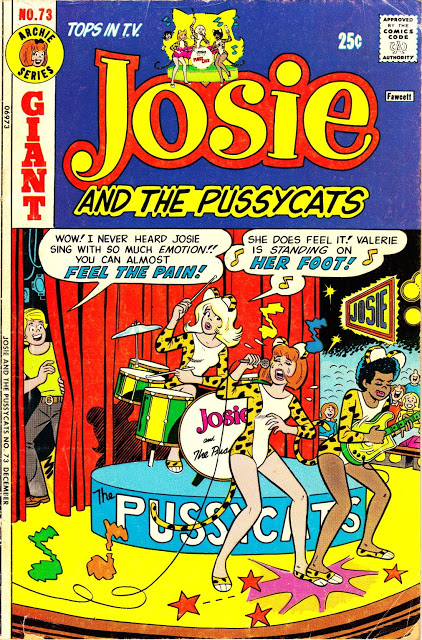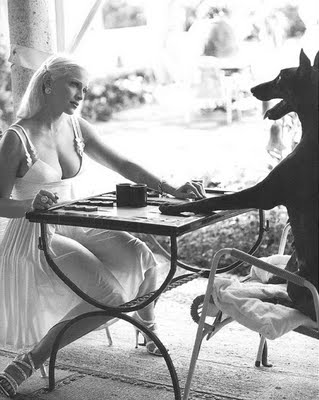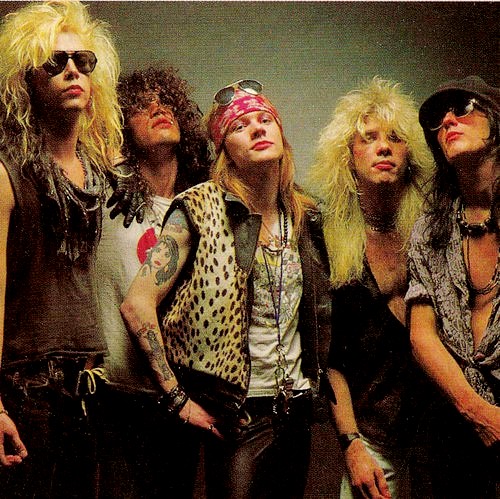 Portrait of Gertrude Stein (with American flag as backdrop), Carl Van Vechten, January 4, 1935
Portrait of Gertrude Stein (with American flag as backdrop), Carl Van Vechten, January 4, 1935
1 May 1933
150 West Fifty-fifth Street
[New York]
Dear Gertrude,
Wherever one goes̱‒and I just gone to Baltimore‒one hears about your paper in the Atlantic. Everybody loves it. Even Harry Hansen who made some asinine remarks about it really loves it. Anyway, it seems the whole town rose to write and correct him¹. We are all dying for the 20 of May when the June number comes out and when I think I have to wait till July 20 to get at the whole I some times think I can’t bear it and other times I am happy because I have so much pleasure ahead of me! You are a woojums and Alice is woojums and I foresee now that you must, soon or late, come to America and then I will photograph you… I do nothing but make photographs now and they are good… I like your Francis Rose portraits². Edith brings in food on the Carlo plates more often than not, but it does not need that to remind us of you… Fania had her appendix out and is much better than she has been in years, I didn’t have mine out, but I am better too! In this crazy world it is nice to remember that there are two people we love called Gertrude Stein and Alice B. Toklas.
a great many shell boxes and four orchids to you!
Carlo
NOTES FROM THE EDITOR:
1. Harry Hansen was a syndicated newspaper columnist.
2. Stein had sen Van Vechten a photograph of a portrait done of her by Sir Francis Rose (1930-33), which is now in the collection of the heirs of Gertrude Stein. She also sent him a photograph of Rose’s Portrait of Alice B. Toklas (1932)
The Letters of Gertrude Stein and Carl Van Vechten, 1913-1946
By Edward Burns











































